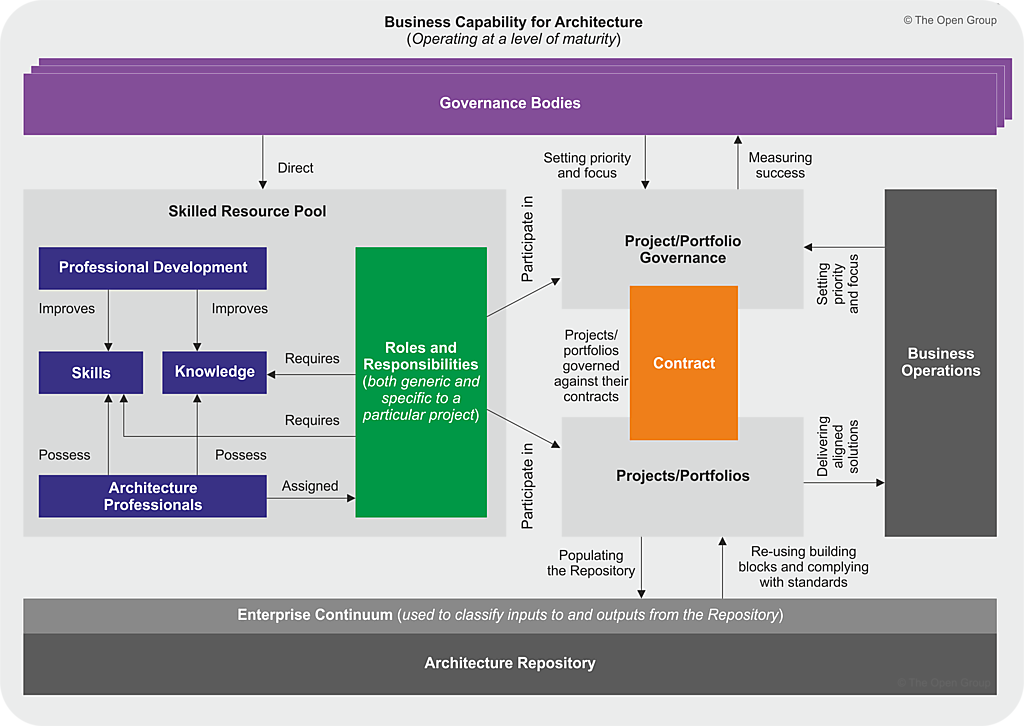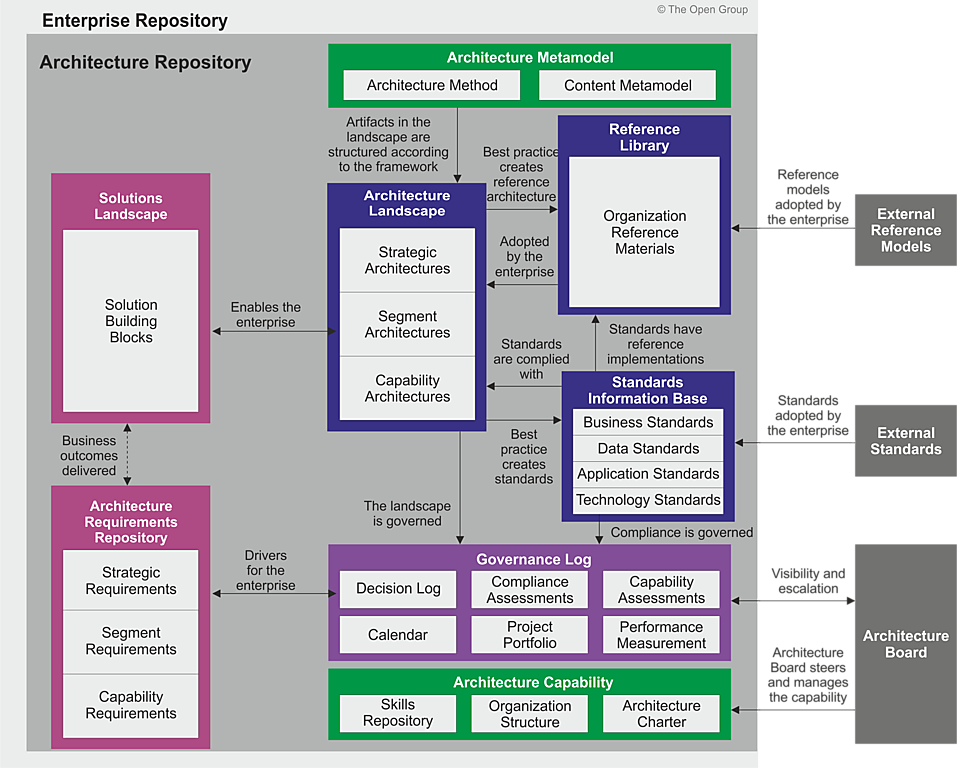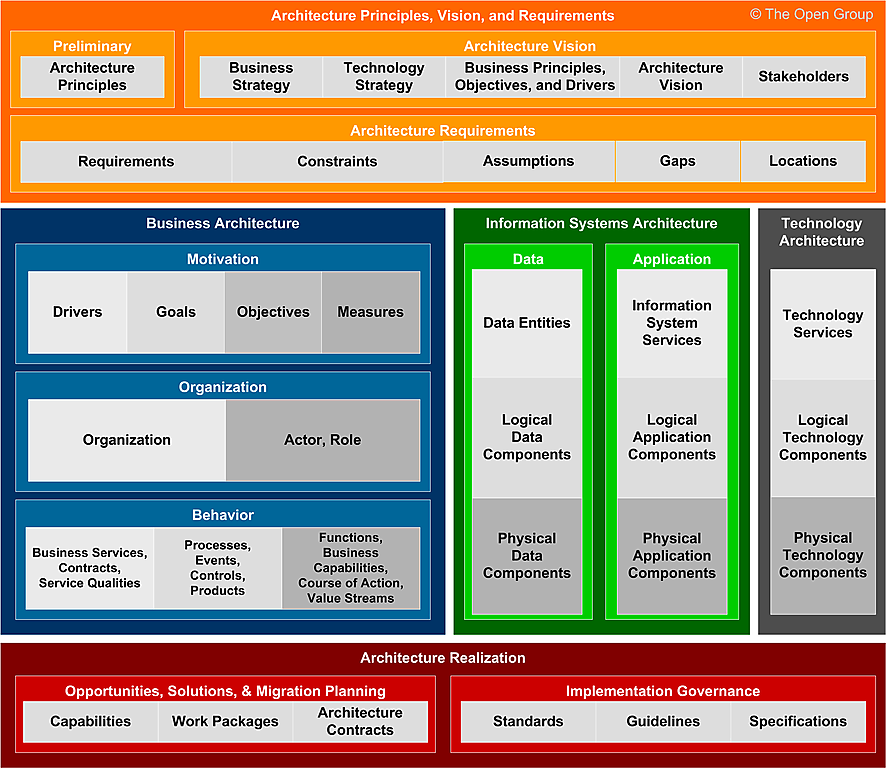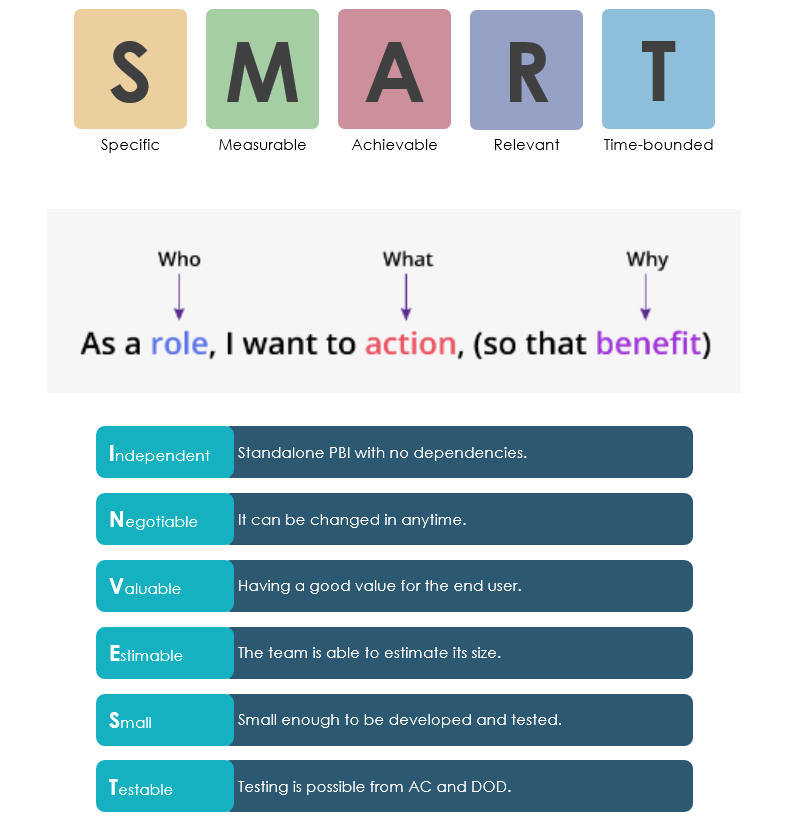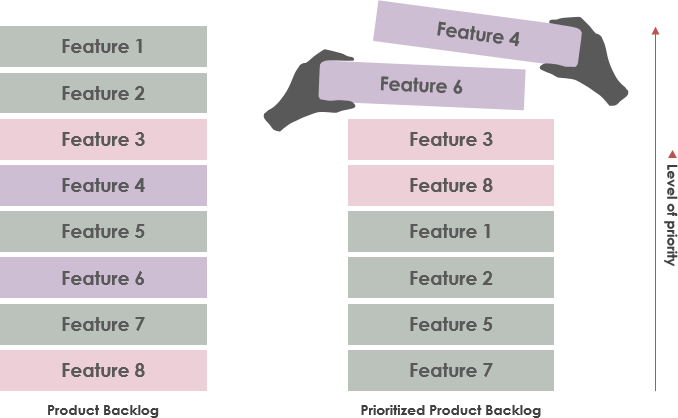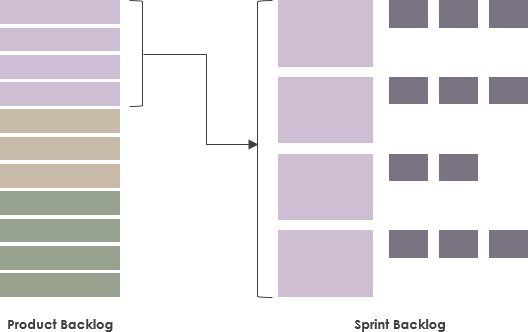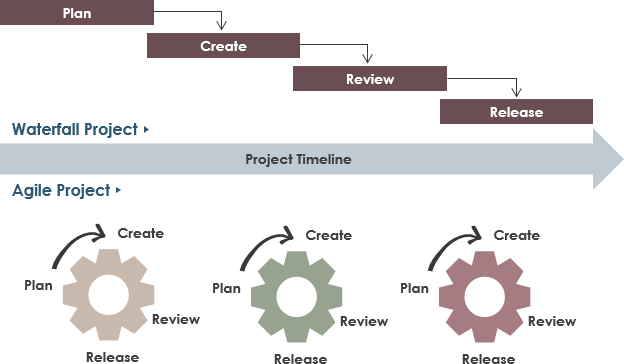Home » Archives for March 2023
Architecture plays a critical role in the success of an organization. It enables organizations to align their business strategies with technology solutions, thereby improving their efficiency and reducing risks. However, establishing and maintaining an effective architecture practice can be a daunting task. That's where the Architecture Capability Framework comes in. Developed by The Open Group Architecture Forum (TOGAF), the framework provides a comprehensive set of guidelines for organizations to establish and maintain a robust architecture practice. The framework consists of seven components, including Architecture Capability, Architecture Board, Architecture Compliance, Architecture Contracts, Architecture Governance,…
continue reading →
In TOGAF, the Architecture Repository is a key component of the Architecture Development Method (ADM) and it is a managed repository that stores all the architectural information, models, and artifacts that are created during the ADM. The Architecture Repository consists of several different classes of architectural information, which are: Architecture Metamodel - describes the organizationally tailored application of an architecture framework, including a method for architecture development and a metamodel for architecture content Architecture Capability - defines the parameters, structures, and processes that support governance of the Architecture Repository Architecture Landscape - presents…
continue reading →
Enterprise Architecture is a discipline that helps organizations align their business goals and strategies with their information technology capabilities. To achieve this, Enterprise Architects must deal with multiple related architectures, each with a different purpose, scope, and level of detail. The Enterprise Continuum is a framework that helps architects organize and classify these architectures and their artifacts. What is Enterprise Continuum The Enterprise Continuum is a framework used in enterprise architecture to organize and classify different types of assets that are used during the development of enterprise architectures. The Enterprise Continuum contains several…
continue reading →
The Open Group Architecture Framework (TOGAF) is a popular framework for enterprise architecture. It provides a structured approach for designing, planning, implementing, and managing enterprise architecture. One of the key components of TOGAF is the Architecture Content Framework, which describes the types of architectural work products that should be produced during the development of an enterprise architecture. In this article, we will explore the key concepts of the Architecture Content Framework, including building blocks, artifacts, and deliverables, and how they relate to the TOGAF Architecture Development Method (ADM). As mentioned before, the Architecture…
continue reading →
The Product Backlog is a critical component of Agile product development. It is a living document that lists all features, functions, requirements, enhancements, and fixes that need to be developed for the product release. Effective Product Backlog Management is essential to ensure that the product meets the needs of its users and stakeholders. The DEEP framework is a set of guidelines that can help teams manage the Product Backlog effectively. What is a DEEP Framework DEEP stands for Detailed Appropriately, Estimated, Emergent, and Prioritized. Each item in the Product Backlog should be detailed appropriately, estimated in story points, emergent, and prioritized based…
continue reading →
What to Write Effective User Stories User stories are a crucial part of the product development process, serving as a tool for capturing user needs and guiding the development of new features and functionality. However, writing effective user stories is not always easy. It requires a deep understanding of the user, the product, and the business goals, as well as the ability to communicate clearly and concisely. In this article, we will provide a comprehensive guide for product teams on how to write effective user stories. What is a User Story User stories…
continue reading →
Product Backlog Planning vs Sprint Planning Agile methodology has become the go-to approach for software development projects, thanks to its flexibility and iterative approach. One of the core elements of agile methodology is the use of a product backlog and sprint planning. These two terms are often used interchangeably, but they refer to distinct activities in the agile development process. In this article, we will explore the difference between product backlog planning and sprint planning. Product Backlog Planning The product backlog is a prioritized list of features, enhancements, and bug fixes that the development team will work on over the course of the…
continue reading →
Libraries are continually seeking innovative ways to improve their services and meet the evolving needs of their patrons. In order to achieve this, many libraries are turning to Agile project management methodologies to guide system development. One critical component of any Agile project is a well-managed product backlog, which serves as a prioritized list of features and functionalities that the library intends to implement. This article will explore best practices for product backlog planning specific to libraries, including involving stakeholders throughout the process, maintaining transparency and visibility of the backlog, and regularly reviewing and adjusting…
continue reading →
Developing a library system that caters to the needs of both librarians and library patrons can be a challenging task. To ensure that the system meets the requirements of all stakeholders and is delivered within the expected timeframe, an Agile development approach can be adopted. In this article, we present an Agile development plan for a library system that can be completed in 10 sprints over the course of 100 working days. Problem Scenario - A Library System The local public library is experiencing issues with their online catalog system. The system has…
continue reading →
What is Agile? Agile methodology is a project management approach that emphasizes flexibility, collaboration, and incremental development. It focuses on delivering working software in short iterations called sprints, which typically last one to four weeks. The agile methodology values individuals and interactions over processes and tools, working software over comprehensive documentation, customer collaboration over contract negotiation, and responding to change over following a plan. There are several key principles of the agile methodology: Customer satisfaction through continuous delivery of valuable software: Agile methodology aims to provide the customer with working software as soon…
continue reading →

